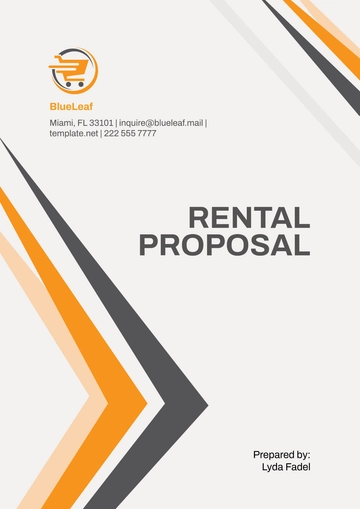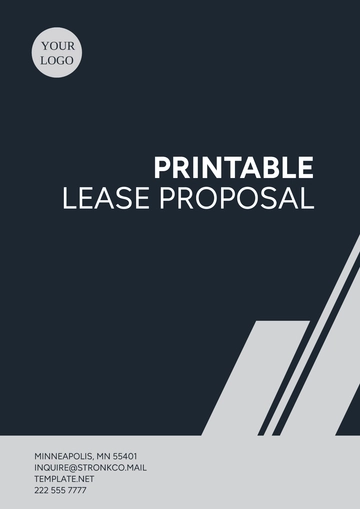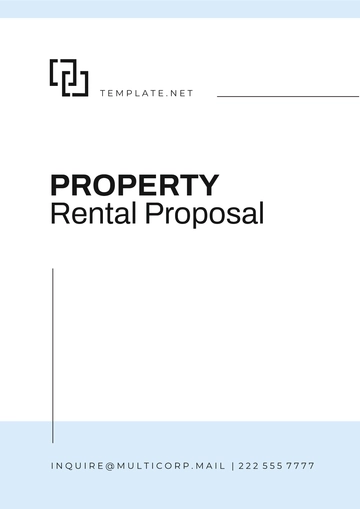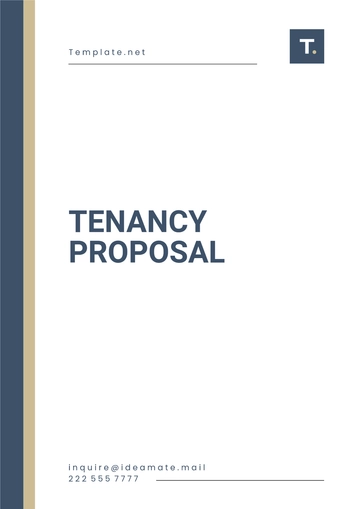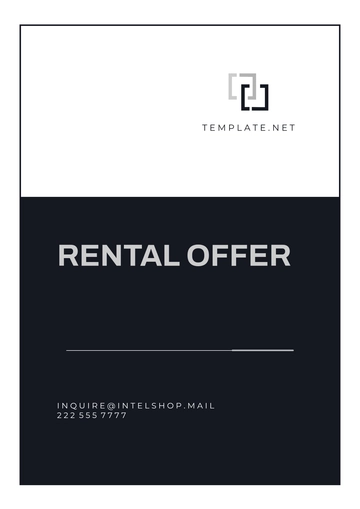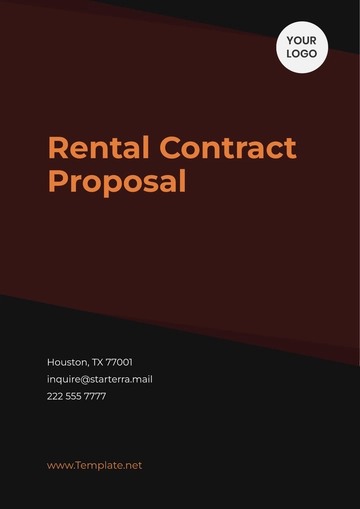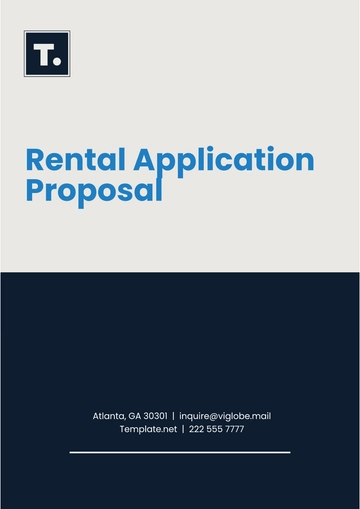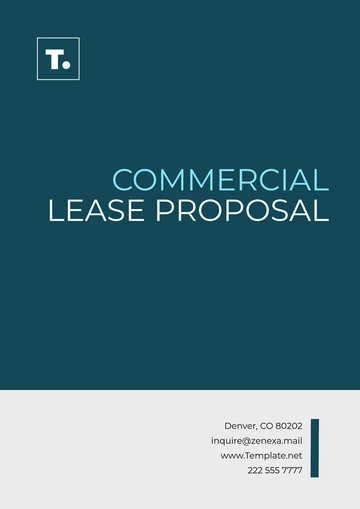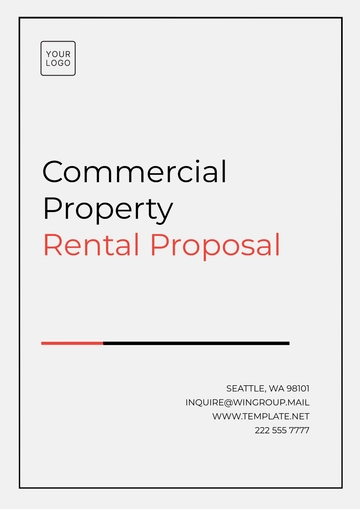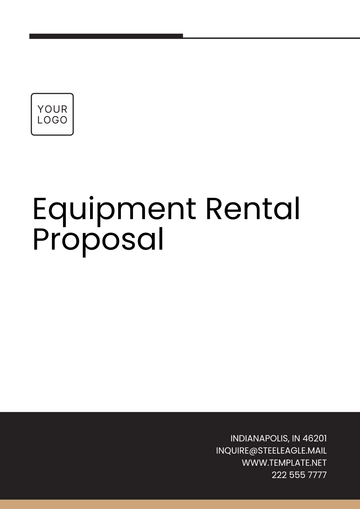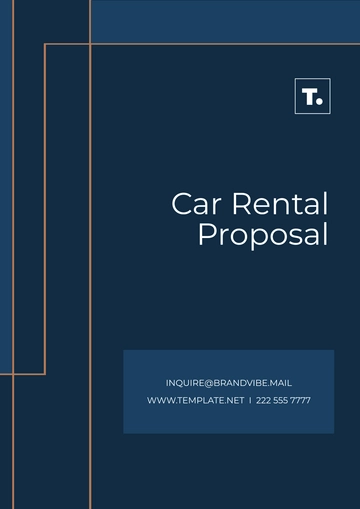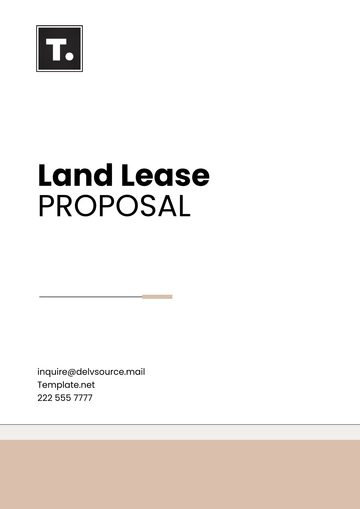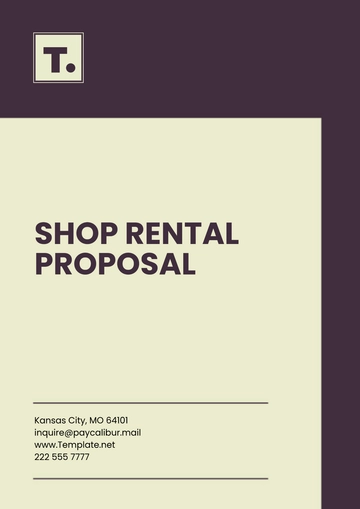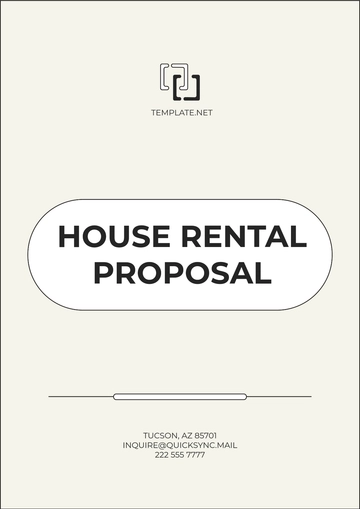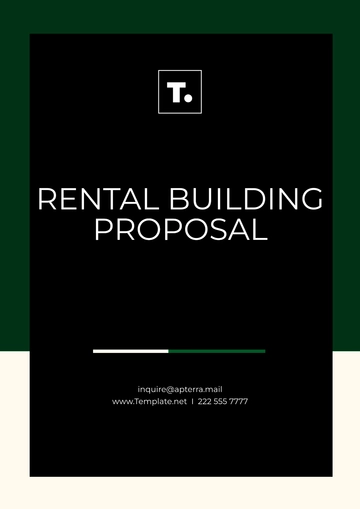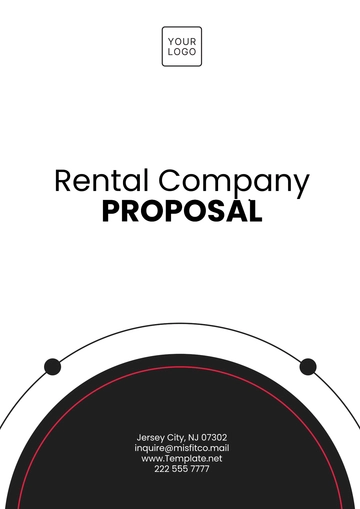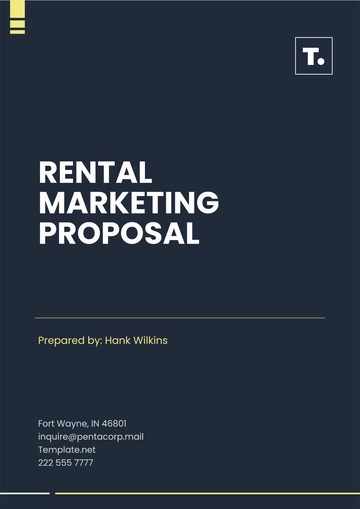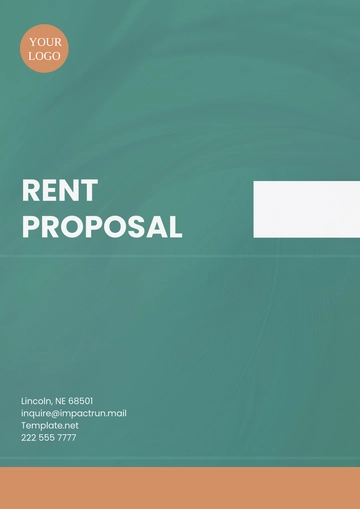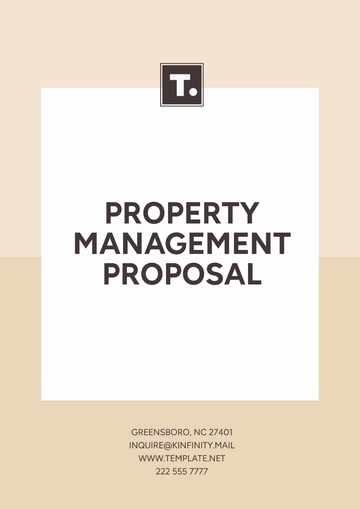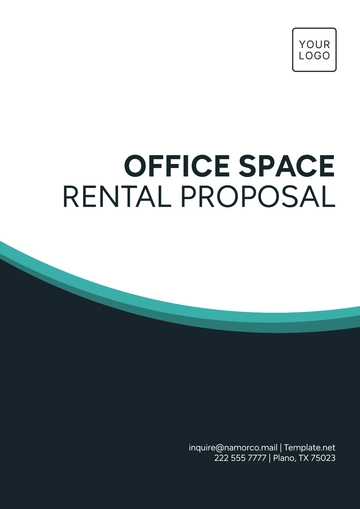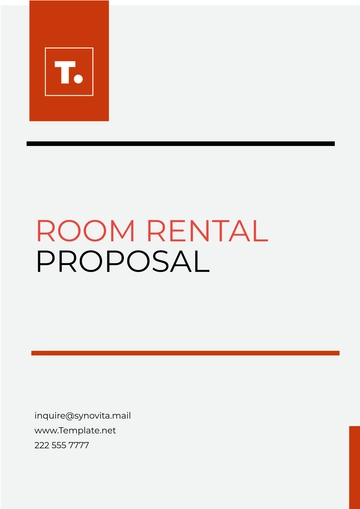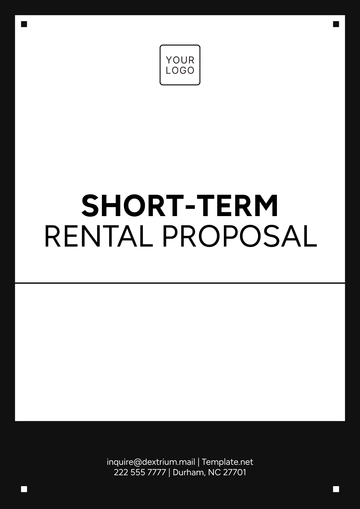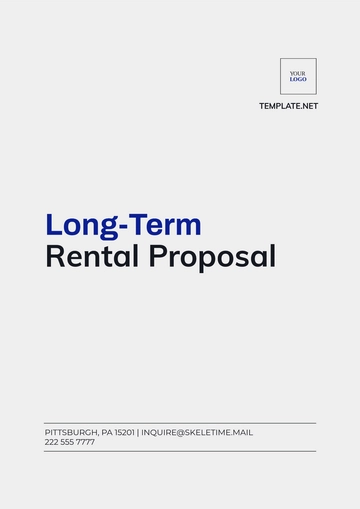Free Car Rental Business Proposal
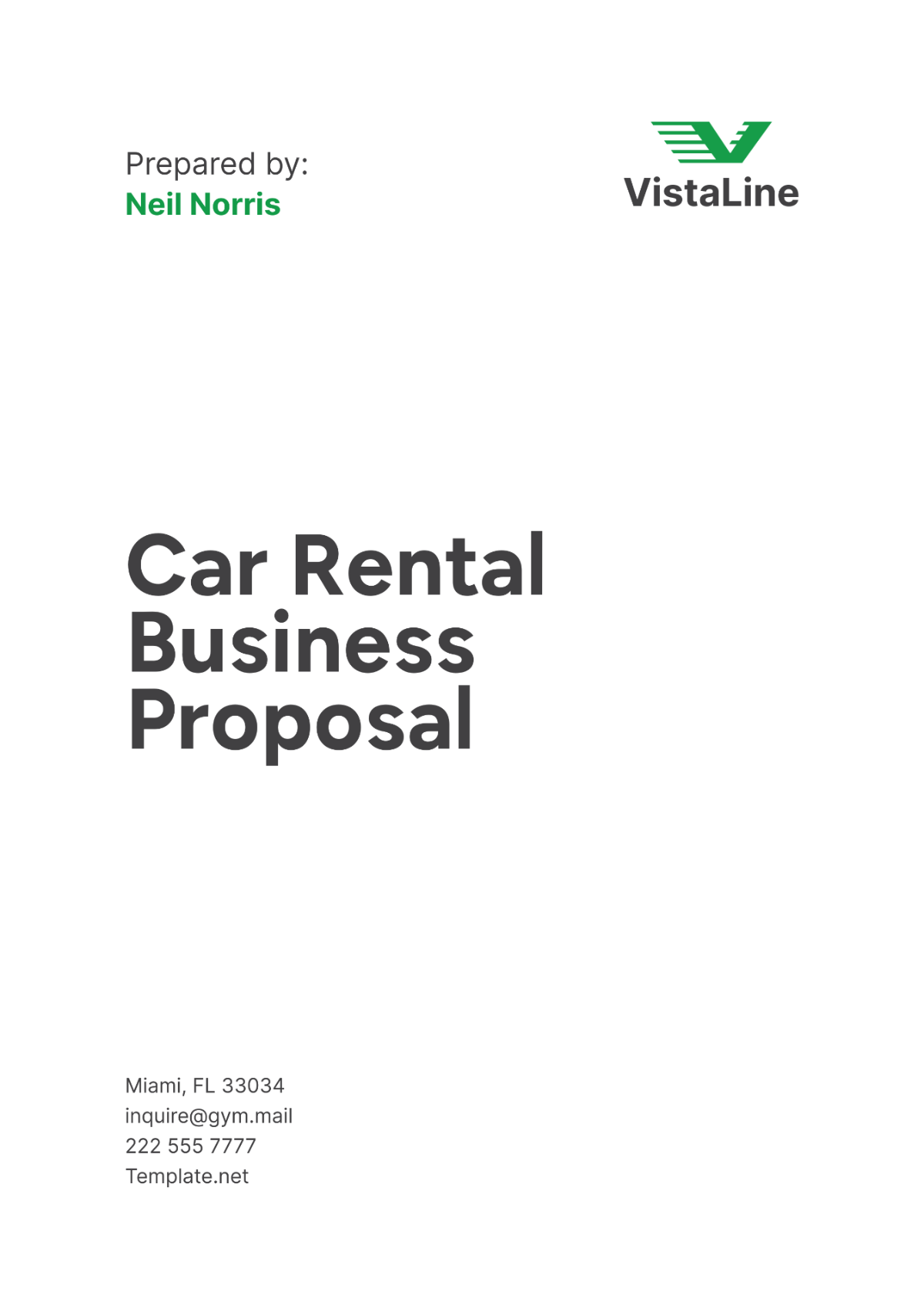
I. Executive Summary
[Your Company Name] aims to establish a competitive car rental business to cater to the growing demand for flexible and affordable transportation options. Our business will offer a wide range of vehicles, from compact cars to luxury SUVs, ensuring that we meet the diverse needs of our customers. Our key objectives include maintaining a high level of customer satisfaction, ensuring vehicle safety, and achieving steady financial growth.
The initial budget for this venture is set at $500,000, which will cover vehicle procurement, operational costs, marketing, and initial infrastructure setup. We anticipate achieving profitability within the first year of operation through strategic partnerships and a robust marketing strategy. Our timeline for launching the business is 6 months.
By leveraging our expertise in the automotive industry and focusing on delivering exceptional customer service, [Your Company Name] is well-positioned to become a leader in the car rental market. This proposal outlines our business plan, including market analysis, operational strategies, financial projections, and risk management plans.
II. Market Analysis
A. Market Overview
Industry Growth: The car rental industry is experiencing significant growth due to increasing urbanization and a shift towards more flexible transportation solutions. The global car rental market is projected to reach $124,560,000,000 by 2057, with a compound annual growth rate (CAGR) of 5.3%.
Consumer Trends: Consumers are increasingly seeking short-term car rentals for both leisure and business purposes. The rise of ride-sharing services has also contributed to the popularity of car rentals, as consumers appreciate the convenience and cost-effectiveness.
Competitor Landscape: Major players in the car rental market include Enterprise, Hertz, and Avis. These companies have established strong brand recognition and extensive service networks, posing significant competition.
B. Target Market
Demographic Profile: Our target market includes business travelers, tourists, and local residents. We will focus on customers aged 25-45, who are likely to rent cars for business trips, vacations, and daily commutes.
Geographic Focus: Initially, we will target urban areas with high demand for rental services, such as airports, downtown locations, and tourist hotspots. Expansion plans will include suburban and rural areas based on market demand.
Market Segmentation: Our market segmentation strategy will include budget-conscious customers, families, business professionals, and luxury seekers. Each segment will be offered tailored services and pricing models.
C. Competitive Analysis
Strengths and Weaknesses: Our primary competitors have established brands and extensive fleets. However, their weaknesses include high pricing and inconsistent customer service. [Your Company Name] will differentiate itself by offering competitive pricing and exceptional customer service.
Market Opportunities: There is a growing demand for eco-friendly vehicles and digital booking solutions. By integrating these into our service offerings, we can capture a larger market share and appeal to environmentally conscious consumers.
Threats and Challenges: The primary threats include economic downturns, fluctuating fuel prices, and regulatory changes. We will mitigate these risks through strategic planning and continuous market analysis.
III. Operational Plan
A. Fleet Management
Vehicle Procurement: Our initial fleet will consist of 50 vehicles, including compact cars, sedans, SUVs, and luxury vehicles. We will partner with leading automotive dealers to secure competitive prices and high-quality vehicles.
Maintenance Schedule: Regular maintenance checks will be conducted to ensure the safety and reliability of our vehicles. We will implement a comprehensive maintenance schedule, including oil changes, tire rotations, and brake inspections.
Fleet Expansion: As demand grows, we plan to expand our fleet by 20% annually. This will include adding more vehicle types and brands to cater to diverse customer preferences.
B. Customer Service
Booking System: We will develop a user-friendly online booking system and a mobile app to streamline the reservation process. Customers will be able to choose vehicles, select rental periods, and make payments seamlessly.
Customer Support: A dedicated customer support team will be available 24/7 to assist with inquiries, reservations, and issues. We will implement a comprehensive training program to ensure our staff provides exceptional service.
Feedback Mechanism: We will establish a robust feedback mechanism to gather customer insights and continuously improve our services. This will include online surveys, in-app feedback, and follow-up calls.
C. Location and Facilities
Office Setup: Our main office will be located in a strategic urban area with high foot traffic. This location will serve as the primary hub for operations, customer service, and vehicle management.
Branch Network: We will establish branches at key locations such as airports, downtown areas, and tourist spots. Each branch will be equipped with the necessary facilities to support vehicle rental and customer service.
Operational Efficiency: To ensure smooth operations, we will implement advanced software solutions for fleet management, customer relationship management (CRM), and financial tracking.
IV. Financial Projections
The following chart and table provide the summary of our financial projections for the first three years of operation:
Year | Revenue | Expenses | Profit/Loss |
|---|---|---|---|
2051 | $1,200,000 | $1,000,000 | $200,000 |
2052 | $1,500,000 | $1,200,000 | $300,000 |
2053 | $1,800,000 | $1,300,000 | $500,000 |
A. Revenue Projections
2051: In the first year, we anticipate generating $1,200,000 in revenue through vehicle rentals, partnerships, and additional services. This projection is based on an average monthly rental rate of $100 per vehicle and an occupancy rate of 80%.
2052: By the second year, we expect revenue to increase to $1,500,000. This growth will be driven by fleet expansion, enhanced marketing efforts, and increased customer base.
2053: In the third year, we project revenue to reach $1,800,000. Continued market penetration, customer retention strategies, and operational efficiencies will contribute to this growth.
B. Expense Breakdown
2051: Initial expenses will total $1,000,000, covering vehicle procurement, office setup, staff salaries, marketing, and operational costs. Vehicle procurement will account for $400,000, while marketing and office setup will account for $300,000.
2052: Expenses in the second year will increase to $1,200,000 due to fleet expansion, additional staff, and increased marketing activities. Fleet expansion will cost $500,000, with the remaining $700,000 allocated for operational and marketing expenses.
2053: In the third year, expenses will rise to $1,300,000 as we continue to grow our operations and enhance customer service. This includes $600,000 for further fleet expansion and $700,000 for other operational costs.
C. Profit and Loss Analysis
2051: The profit for the first year is projected at $200,000. This will be reinvested into the business to support growth and improve service quality.
2052: The second year is expected to generate a profit of $300,000. This profit will be used to further expand the fleet and enhance marketing efforts.
2053: By the third year, the profit is projected to reach $500,000. Continued reinvestment will focus on fleet expansion, technology upgrades, and customer service enhancements.
The financial projections indicate a positive growth trajectory for [Your Company Name]. By maintaining a strong focus on cost management and revenue generation, we can achieve sustainable profitability and establish a strong market presence. Regular financial reviews and adjustments will be essential to ensure that we stay on track with our financial goals.
V. Risk Management
A. Identified Risks
Market Competition: The car rental market is highly competitive, with established players holding significant market share. New entrants must differentiate themselves to attract customers and build loyalty.
Economic Downturn: Economic fluctuations can impact consumer spending and demand for car rentals. During economic downturns, customers may opt for more affordable transportation alternatives.
Regulatory Changes: Changes in regulations, such as environmental standards and safety requirements, can affect operational costs and compliance. Staying updated on regulatory changes is crucial.
B. Mitigation Strategies
Differentiation: To mitigate competitive risks, [Your Company Name] will focus on providing exceptional customer service, competitive pricing, and a diverse fleet of vehicles. Our unique value proposition will help us stand out in the market.
Flexible Pricing: Implementing a flexible pricing strategy will help us attract budget-conscious customers during economic downturns. Offering discounts, loyalty programs, and special promotions will drive demand.
Regulatory Compliance: Regularly monitoring and complying with regulatory changes will minimize the risk of non-compliance. We will allocate resources for training, audits, and necessary upgrades to meet regulatory standards.
C. Insurance Coverage
Comprehensive Coverage: We will obtain comprehensive insurance coverage for our fleet, including collision, liability, and theft protection. This will safeguard our assets and minimize financial losses in case of incidents.
Customer Insurance: Offering optional insurance packages to customers will provide them with added protection and peace of mind. This will also generate additional revenue for the business.
Risk Assessment: Conducting regular risk assessments will help identify potential vulnerabilities and implement corrective measures promptly. This proactive approach will reduce the likelihood of significant risks impacting our operations.
VI. Operational Efficiency
A. Technology Integration
Fleet Management Software: Implementing advanced fleet management software will streamline operations, track vehicle usage, and optimize maintenance schedules. This will enhance operational efficiency and reduce downtime.
CRM System: A robust Customer Relationship Management (CRM) system will help manage customer interactions, improve service quality, and drive customer retention. This system will enable personalized communication and efficient service delivery.
Mobile App: Developing a user-friendly mobile app will provide customers with a convenient platform for booking vehicles, managing reservations, and accessing customer support. The app will enhance the overall customer experience.
B. Staff Training and Development
Training Programs: Regular training programs will ensure that our staff is knowledgeable about industry standards, customer service protocols, and safety regulations. This will enhance service quality and operational efficiency.
Professional Development: Encouraging professional development through workshops, certifications, and continuous learning opportunities will help retain skilled employees and foster a culture of excellence.
Performance Evaluation: Implementing a performance evaluation system will provide valuable feedback to employees, identify areas for improvement, and recognize outstanding performance. This will motivate staff and drive continuous improvement.
C. Inventory Management
Vehicle Utilization: Monitoring vehicle utilization rates will help optimize fleet usage and ensure that we meet customer demand efficiently. This will reduce idle time and maximize revenue generation.
Inventory Tracking: Implementing inventory tracking systems will provide real-time data on vehicle availability, maintenance schedules, and operational status. This will enable better decision-making and resource allocation.
Procurement Strategy: Developing a strategic procurement plan will ensure that we acquire vehicles that meet customer preferences and market demand. Regularly updating the fleet will keep it competitive and appealing to customers.
VII. Marketing Strategy
A. Branding and Promotion
Brand Identity: Establishing a strong brand identity that reflects our values, mission, and commitment to quality will attract and retain customers. Our branding efforts will focus on reliability, affordability, and exceptional service.
Advertising Campaigns: Running targeted advertising campaigns across multiple channels, including online, print, and outdoor media, will increase brand visibility and attract new customers. We will highlight our unique value propositions and competitive advantages.
Public Relations: Engaging in public relations activities, such as press releases, media interviews, and community events, will build brand credibility and establish [Your Company Name] as a trusted car rental provider.
B. Digital Marketing
SEO and Content Marketing: Implementing SEO strategies and creating valuable content will improve our online visibility and attract organic traffic to our website. We will regularly publish blog posts, articles, and guides related to car rentals and travel tips.
Social Media Marketing: Leveraging social media platforms to engage with customers, share updates, and run promotions will build a strong online presence. We will use social media advertising to reach targeted audiences and drive traffic to our website.
Email Marketing: Developing an email marketing campaign to keep customers informed about special offers, new services, and company updates will drive customer engagement and retention. Personalized email content will enhance the customer experience.
C. Partnerships and Collaborations
Travel Agencies: Forming partnerships with travel agencies will expand our reach and provide customers with convenient car rental options as part of their travel plans. Joint marketing efforts will benefit both parties.
Hotels and Resorts: Collaborating with hotels and resorts to offer exclusive car rental packages to their guests will increase our customer base and generate additional revenue. This partnership will enhance the guest experience and provide added convenience.
Corporate Accounts: Establishing corporate accounts with local businesses will provide a steady stream of rental bookings for business travel. Offering customized packages and competitive pricing will attract long-term corporate clients.
D. Customer Loyalty Programs
Loyalty Rewards: Implementing a loyalty rewards program will incentivize repeat business and build customer loyalty. Customers will earn points for each rental, which can be redeemed for discounts, upgrades, and other benefits.
Referral Incentives: Encouraging customers to refer friends and family through a referral incentive program will expand our customer base. Both the referrer and the referred customer will receive rewards for successful referrals.
Exclusive Offers: Offering exclusive deals and promotions to loyal customers will make them feel valued and appreciated. Special discounts, early access to new services, and personalized offers will enhance customer satisfaction.
VIII. Conclusion
[Your Company Name] is poised to become a significant player in the car rental market by leveraging our strategic plans, comprehensive marketing strategies, and a strong focus on customer satisfaction. Our financial projections indicate a promising growth trajectory, with anticipated profitability within the first year of operations. By maintaining a diverse fleet, implementing advanced technology solutions, and offering exceptional customer service, we aim to differentiate ourselves from competitors and capture a substantial market share. The proposed initial investment of $500,000 will ensure a solid foundation for our business, enabling us to meet our operational and financial goals.
Moving forward, our emphasis will be on continuous improvement and adaptability to market trends and customer needs. Regular assessments and adjustments to our strategies will ensure sustained growth and resilience against potential challenges. By fostering strong partnerships, investing in staff development, and maintaining high operational standards, [Your Company Name] will not only meet but exceed customer expectations. We are confident that our comprehensive approach will lead to long-term success and establish [Your Company Name] as a trusted and preferred car rental provider in the industry.
- 100% Customizable, free editor
- Access 1 Million+ Templates, photo’s & graphics
- Download or share as a template
- Click and replace photos, graphics, text, backgrounds
- Resize, crop, AI write & more
- Access advanced editor
Present compelling business ideas with the Car Rental Business Proposal Template on Template.net! It is customizable to fit your needs. Its editable design ensures easy modifications and the AI Editor Tool helps in crafting a persuasive proposal, increasing your chances of securing partnerships and investments for your car rental business!
You may also like
- Business Proposal
- Research Proposal
- Proposal Request
- Project Proposal
- Grant Proposal
- Photography Proposal
- Job Proposal
- Budget Proposal
- Marketing Proposal
- Branding Proposal
- Advertising Proposal
- Sales Proposal
- Startup Proposal
- Event Proposal
- Creative Proposal
- Restaurant Proposal
- Blank Proposal
- One Page Proposal
- Proposal Report
- IT Proposal
- Non Profit Proposal
- Training Proposal
- Construction Proposal
- School Proposal
- Cleaning Proposal
- Contract Proposal
- HR Proposal
- Travel Agency Proposal
- Small Business Proposal
- Investment Proposal
- Bid Proposal
- Retail Business Proposal
- Sponsorship Proposal
- Academic Proposal
- Partnership Proposal
- Work Proposal
- Agency Proposal
- University Proposal
- Accounting Proposal
- Real Estate Proposal
- Hotel Proposal
- Product Proposal
- Advertising Agency Proposal
- Development Proposal
- Loan Proposal
- Website Proposal
- Nursing Home Proposal
- Financial Proposal
- Salon Proposal
- Freelancer Proposal
- Funding Proposal
- Work from Home Proposal
- Company Proposal
- Consulting Proposal
- Educational Proposal
- Construction Bid Proposal
- Interior Design Proposal
- New Product Proposal
- Sports Proposal
- Corporate Proposal
- Food Proposal
- Property Proposal
- Maintenance Proposal
- Purchase Proposal
- Rental Proposal
- Recruitment Proposal
- Social Media Proposal
- Travel Proposal
- Trip Proposal
- Software Proposal
- Conference Proposal
- Graphic Design Proposal
- Law Firm Proposal
- Medical Proposal
- Music Proposal
- Pricing Proposal
- SEO Proposal
- Strategy Proposal
- Technical Proposal
- Coaching Proposal
- Ecommerce Proposal
- Fundraising Proposal
- Landscaping Proposal
- Charity Proposal
- Contractor Proposal
- Exhibition Proposal
- Art Proposal
- Mobile Proposal
- Equipment Proposal
- Student Proposal
- Engineering Proposal
- Business Proposal
